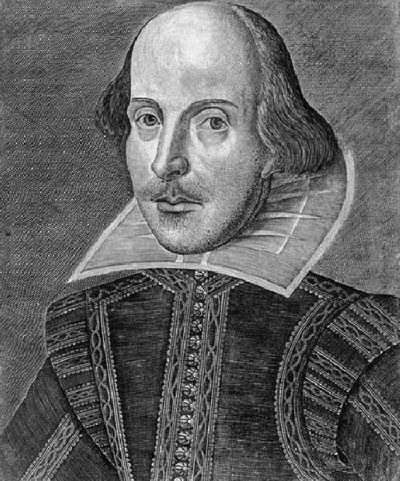Shakespeare Sonnets
 The literature of the Renaissance was written within the general movement of the Renaissance which arose in 14th century to the late 17th century.Italy and continued until the 16th century while being diffused into the western world. It is characterized by the adoption of a humanist philosophy, the recovery of the classical literature of Antiquity and benefited from the spread of printing in the latter part of the 15th century. For the writers of the Renaissance Greco-Roman inspiration was shown both in the themes of their writing and in the literary forms they used. The world was considered from an anthropocentic perspective. Platonic ideas were revived and put to the service of Christianity.
The literature of the Renaissance was written within the general movement of the Renaissance which arose in 14th century to the late 17th century.Italy and continued until the 16th century while being diffused into the western world. It is characterized by the adoption of a humanist philosophy, the recovery of the classical literature of Antiquity and benefited from the spread of printing in the latter part of the 15th century. For the writers of the Renaissance Greco-Roman inspiration was shown both in the themes of their writing and in the literary forms they used. The world was considered from an anthropocentic perspective. Platonic ideas were revived and put to the service of Christianity.
The Sonnets
Shakespeare’s sonnets are very different from Shakespeare’s plays, but they do contain dramatic elements and an overall sense of story. Each of the poems deals with a highly personal theme, and each can be taken on its own or in relation to the poems around it. The sonnets have the feel of autobiographical poems, but we don’t know whether they deal with real events or not, because no one knows enough about Shakespeare’s life to say whether or not they deal with real events and feelings, so we tend to refer to the voice of the sonnets as “the speaker”—as though he were a dramatic creation like Hamlet or King Lear.
There are certainly a number of intriguing continuities throughout the poems. The first 126 of the sonnets seem to be addressed to an unnamed young nobleman, whom the speaker loves very much; the rest of the poems (except for the last two, which seem generally unconnected to the rest of the sequence) seem to be addressed to a mysterious woman, whom the speaker loves, hates, and lusts for simultaneously. The two addressees of the sonnets are usually referred to as the “young man” and the “dark lady”; in summaries of individual poems, I have also called the young man the “beloved” and the dark lady the “lover,” especially in cases where their identity can only be surmised. Within the two mini-sequences, there are a number of other discernible elements of “plot”: the speaker urges the young man to have children; he is forced to endure a separation from him; he competes with a rival poet for the young man’s patronage and affection. At two points in the sequence, it seems that the young man and the dark lady are actually lovers themselves—a state of affairs with which the speaker is none too happy. But while these continuities give the poems a narrative flow and a helpful frame of reference, they have been frustratingly hard for scholars and biographers to pin down. In Shakespeare’s life, who were the young man and the dark lady?
0 comments:
Post a Comment